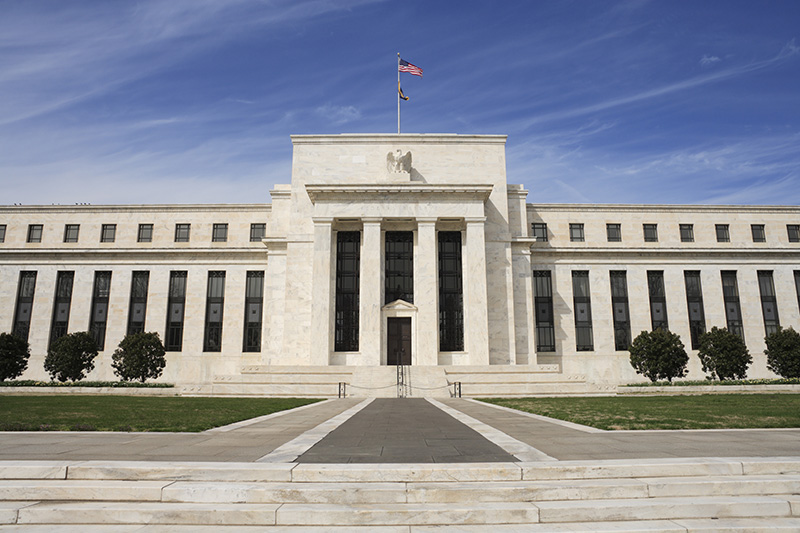(Bloomberg Opinion) -- Bond traders were watching one thing from the Federal Reserve’s interest-rate decision: whether officials would keep language that described monetary policy as “accommodative.” They didn’t, and U.S. Treasuries rallied as a result.
“The most important thing is they removed ‘accommodative,’” Jeffrey Rosenberg, chief fixed-income strategist at BlackRock Inc (NYSE:BLK)., said just after the Fed’s decision. “The financial markets have been backstopped, supported by highly accommodative monetary policy,” he said. “We’re no longer in that place.”
Then Chairman Jerome Powell spoke. And not only did he bluntly say policy “is still accommodative,” but he said that traders shouldn’t misconstrue the removal of that word as signaling any change in the central bank’s rate-increase path.
As a result, Treasury yields whipsawed. Taken as a whole, the latest Fed decision gives bond traders little choice but to continue to pile into the flattening yield curve trade that’s largely dominated the world’s biggest bond market for almost two years. The spread between two- and 10-year U.S. yields fell to 23 basis points, the lowest since Sept. 18.
And why shouldn’t that be the path of least resistance? To recap: The Fed raised its benchmark interest rate a quarter point, as expected, to a 2 percent to 2.25 percent target range. More officials are on board with a move in December, and the median projection still calls for three increases in 2019. If all that pans out, 15 months from now, the fed funds rate will be above the 3 percent level that policy makers consider the long-run neutral rate. The Fed is apparently trying to engineer a “soft landing,” given that from the end of 2019 through 2021 the “dot plot” signals just one more rate increase.
Powell has made clear that he’s going to keep raising until the economic data suggest otherwise. That’s why the prospect of a more aggressive Fed really gained momentum on Sept. 7, when a Labor Department report showed average hourly earnings in the U.S. climbed unexpectedly in August at the fastest pace since the recession ended in 2009. Central bankers have long been awaiting such a signal about the health of the labor market.
This explains why shorter-term yields are the highest in a decade. But the 10-year Treasury yield slipped Wednesday to 3.07 percent after reaching 3.11 percent on Tuesday. It touched 3.126 percent in May, the highest since 2011.
The benchmark isn’t setting new highs because the Fed has a more muted assessment of future economic growth. Powell said in his press conference that the Trump administration’s fiscal stimulus was boosting the economy now, and that’s partly why the Fed expects 3.1 percent growth this year, up from 2.8 percent. But in the long term, the Fed’s growth outlook is unchanged at 1.8 percent.
For bond traders, the game hasn’t changed after this Fed meeting. It’s still all about the curve flattener.
